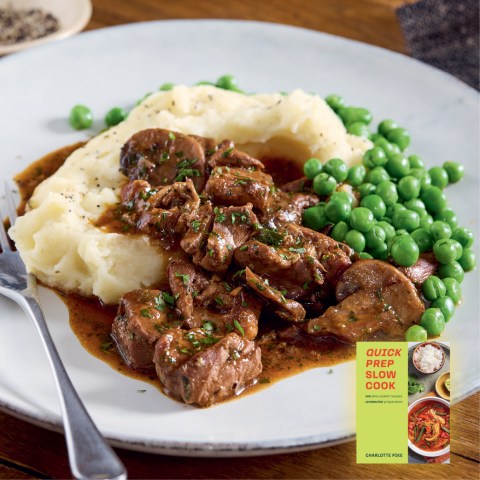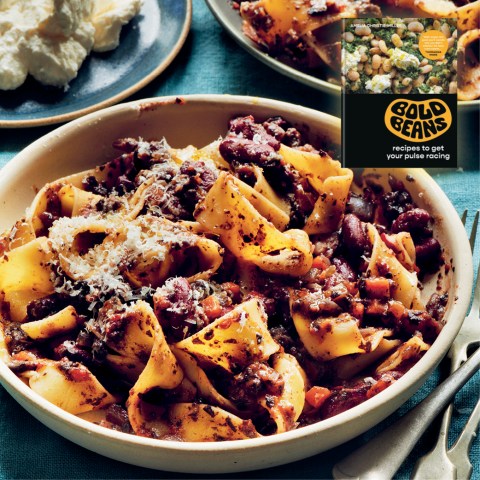Top Four Talking-Point Wines
Hugh Johnson’s Pocket Wine Book 2017 guides you through wine & food pairings, recent vintages from across the globe and great alternatives for when your wine of choice is out of stock. If you’re looking for something truly memorable for your dinner party, look no further than these uniquely fermented wines.
Real Lambrusco
They call it the metodo ancestrale, to distinguish it from the metodo industriale, which produces the vast majority of Lambrusco. This is how you do it: take your deep-crimson grapes, ferment them in tank to about 10% alcohol, then bottle the wine to finish fermentation in bottle. Then either riddle and disgorge before sale, or not; undisgorged wines still contain the lees of that final bit of fermentation. This means that if you let the bottle settle you can pour it clear, or give it a shake and pour it cloudy. It tastes different – more weight but less fruit. Two wines in one bottle. Try: Vittorio Graziano.
Fino Sherry
The Palomino grape is, frankly, dead boring. Its table wine needs a very hot day and a very cold fridge to make its dullness palatable. Yet allow that same wine to grow flor – a scummy kind of yeast layer – on its surface, and it is transformed into one of the world’s great wines. Flor, over several years and aided by the solera systemgradually takes away the taste of the grape and replaces it with an aroma of earth after rain, a texture that is water-thin and a flavour of bone-dry pungency. Proper Fino makes no compromises. Try: Tio Pepe, Sánchez Romate Fino Perdido.
Vin Jaune
It grows flor, just like Sherry, but this is certainly not a French copy. The grape is the very characterful Savagnin, it’s made in the Arbois, and the yeast layer here is called the voile. Vin jaunt ages in barrel, evaporating slowly, until it is six years old, by which time it has reduced to 62% of its original volume, and it’s bottled in 62 cl bottles. And it costs vastly more than Fino. Try: Lucien Aviet, Réserve de Cayeau
Eiswein / Icewine
Who would deliberately leave grapes on the vine to freeze, pick them at dawn or before, press them while they’re still frozen so the water is left behind and only the super-concentrated juice oozes slowly from the press, and then make intensely sweet wine from them? It’s easy to guess how it started. Now it’s a bit of a cult in Austria and Germany (where the temperature may not be cold enough until the New Year, but the harvest still bears the previous year’s date) and big business in Canada, where it’s always cold enough. You can even get flavoured Icewine in Canada. If you want.
Extract taken from Hugh Johnson’s Pocket Book of Wine 2017 by Hugh Johnson, available here




